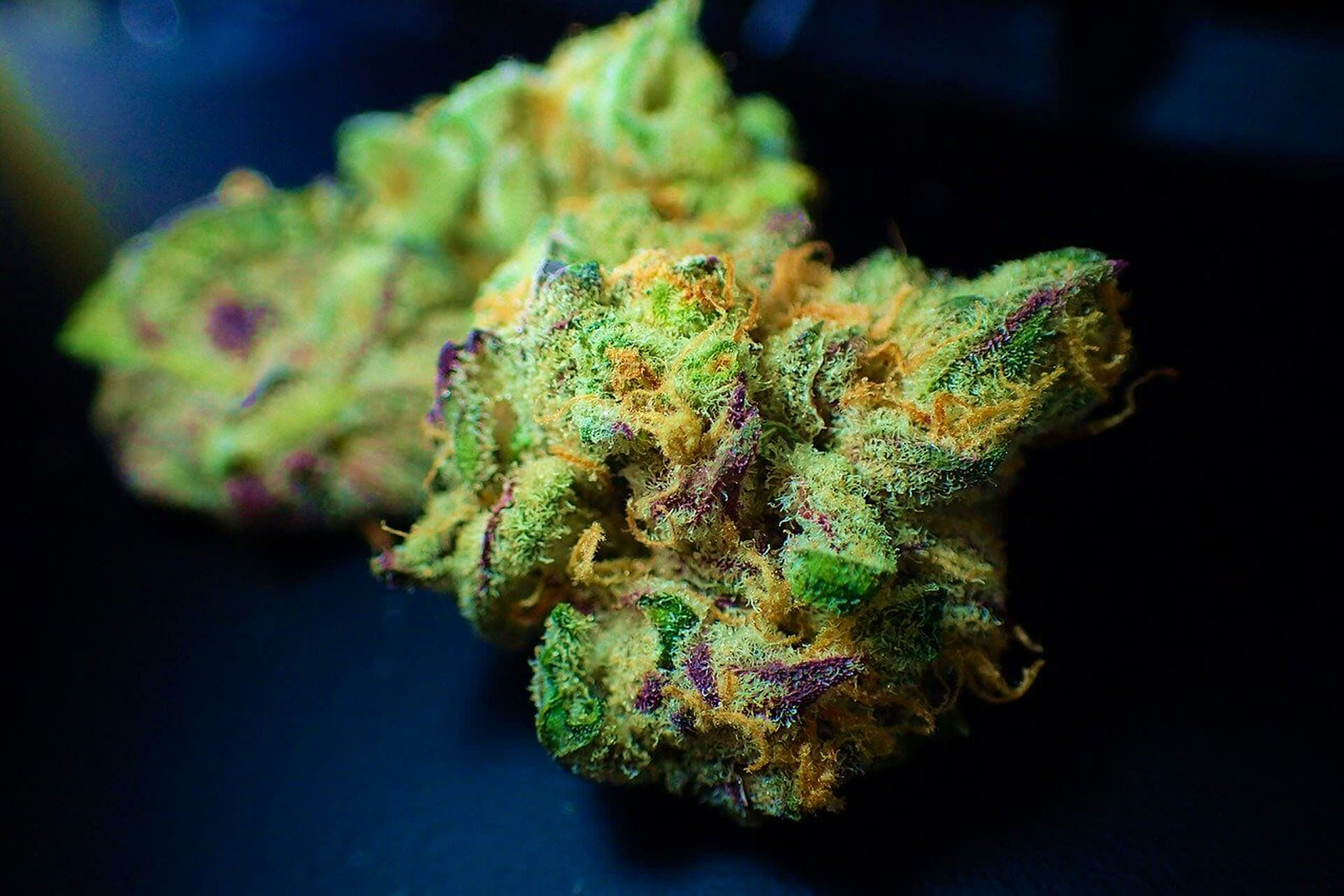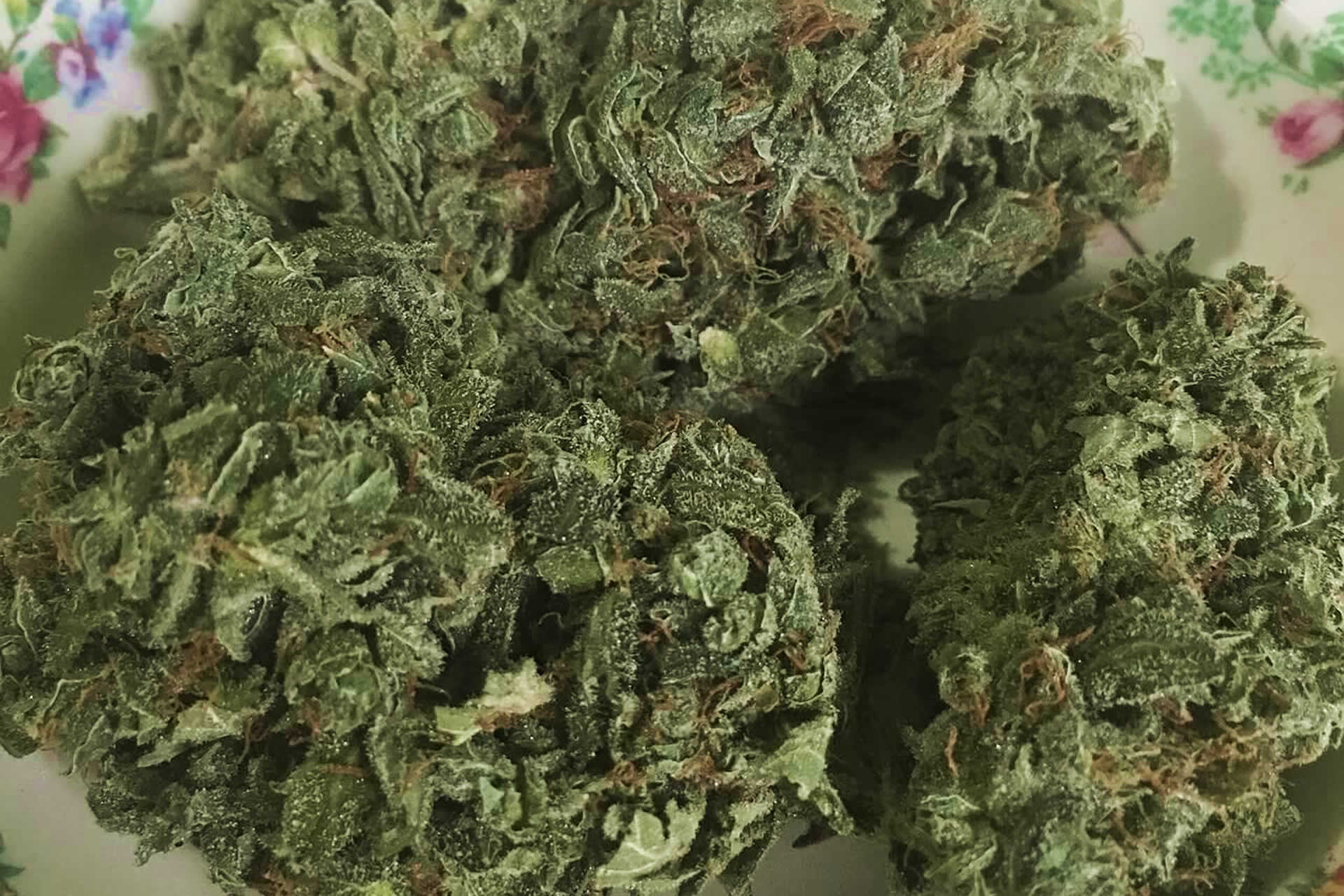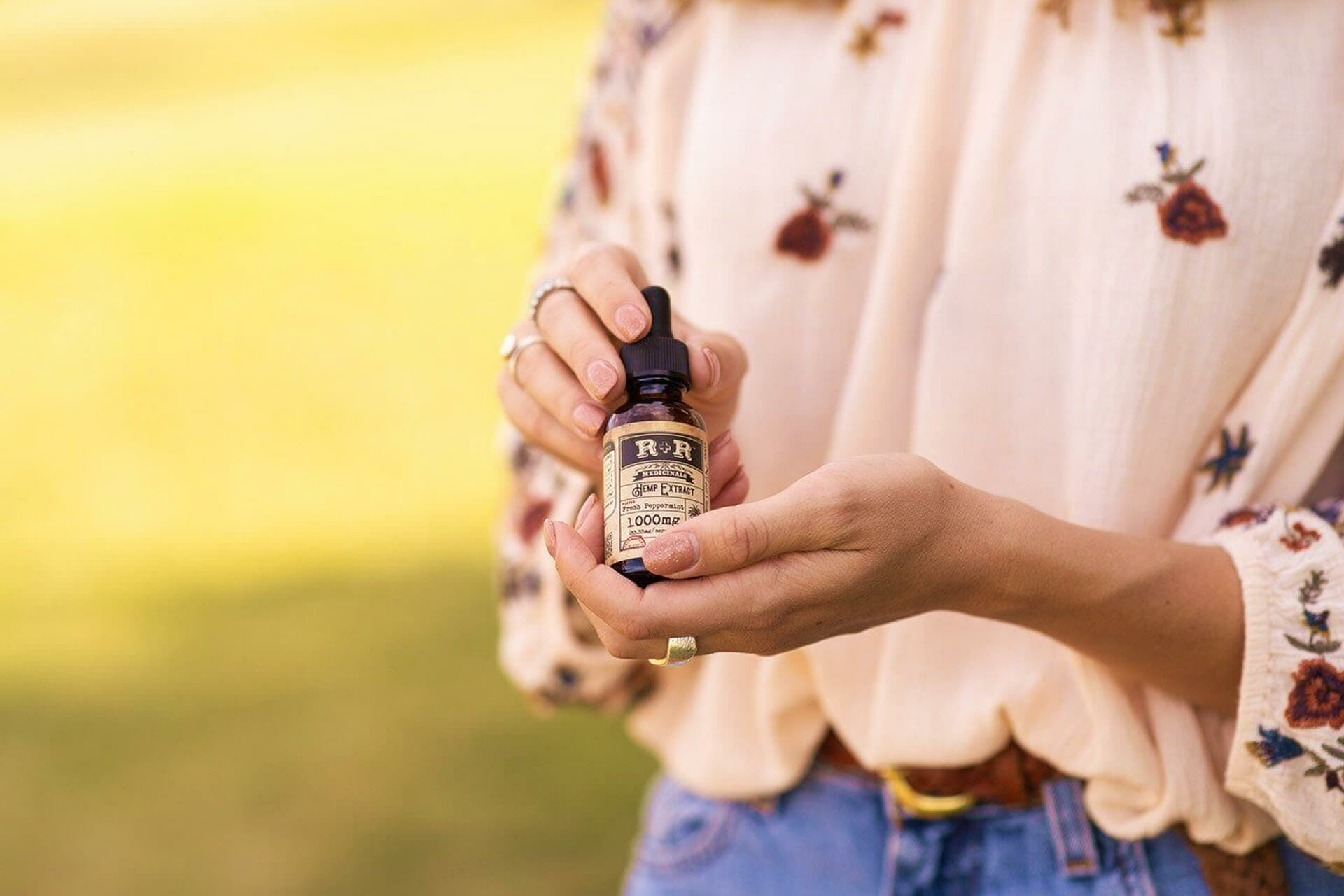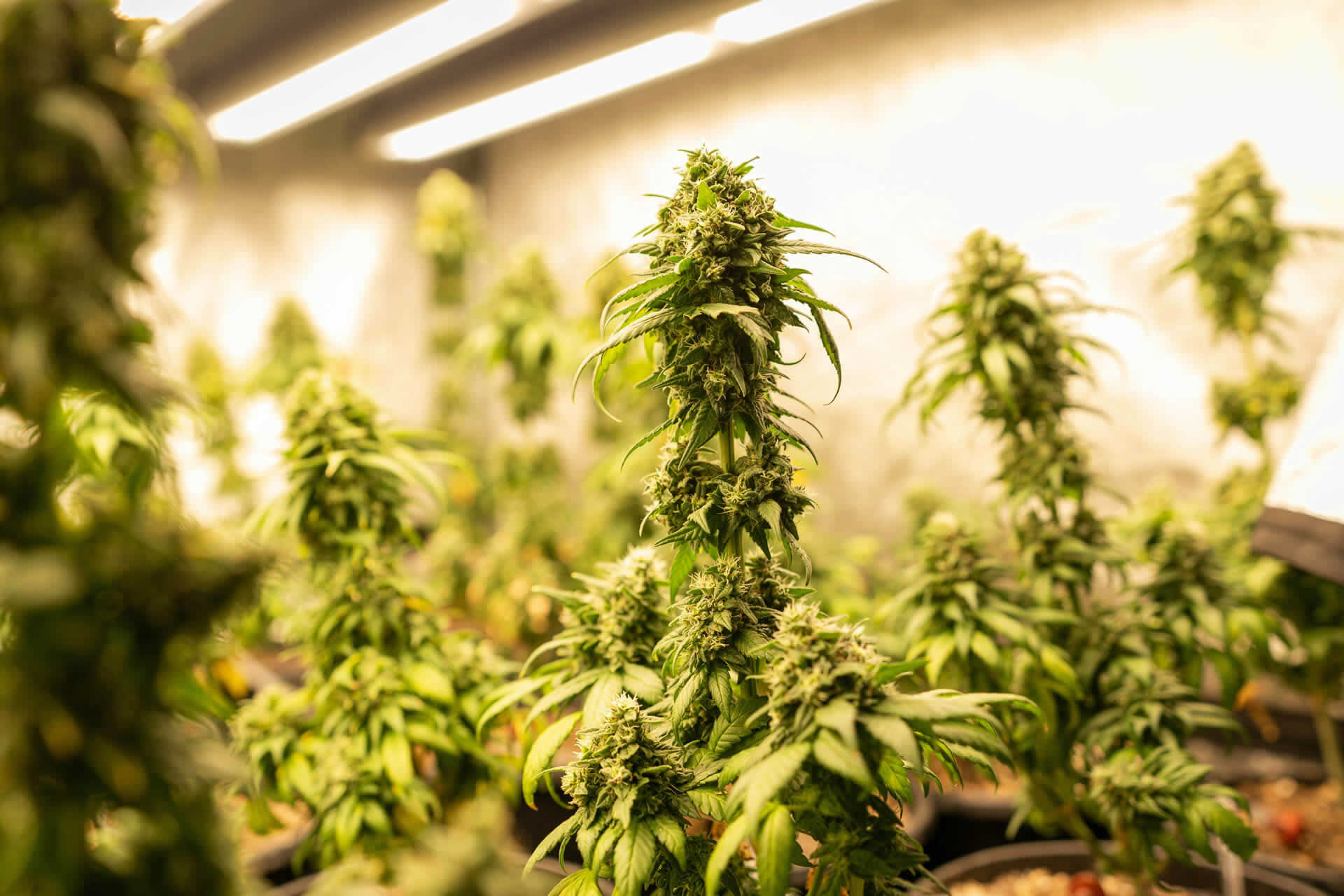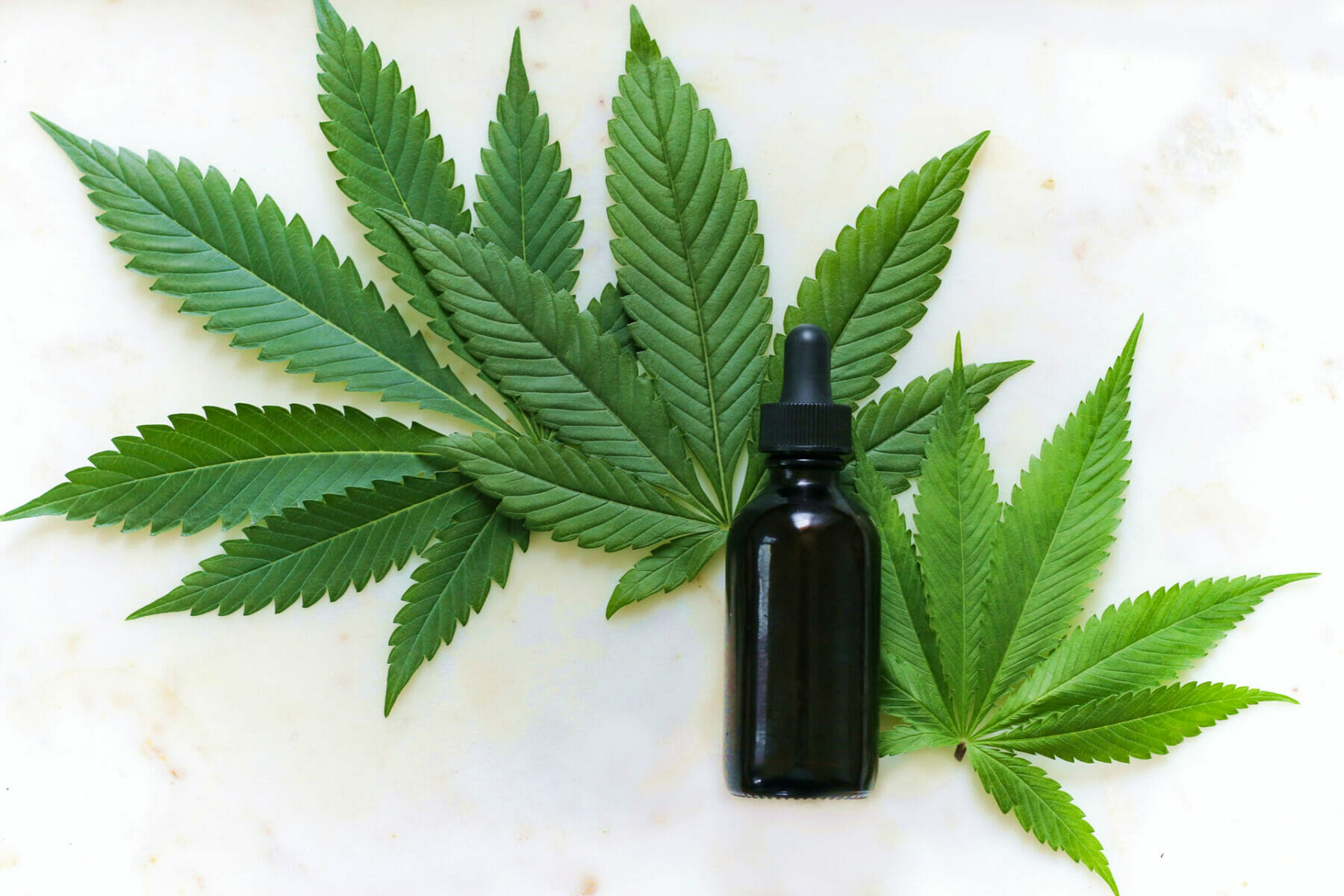How To Harvest And Dry Cannabis?
What Is Available In A Normal Household?
Now that more states have legalized adult-use cannabis, plant lovers are turning to home growing. Homegrown pot is a labour of love that yields premium weed and saves you money on weekly dispensary excursions.
However, growing cannabis isn't as laborious as it seems. Here are our top cannabis home harvesting techniques that will help you throughout your cultivating career.
When Should You Gather Your Cannabis Plants?
Harvesting is the next step after your plants have been flushed, but when should you start? Some crucial indicators that will help you know when your plants are ready to go at optimum potency will depend on your location, time of year and the sort of plants that you're dealing with.
Check your plants' bloom dates to gather plants effectively. Keep track of when your plants first bloomed. However, it varies based on the strain of your plants. Indica-dominant strains complete blooming in seven to eight weeks, whereas Sativa-dominant strains might take up to 24 weeks. Therefore, don't use it as a strict rule.
Also, examine your bud's curls. After blooming, monitor your plants' bud development. If you harvest too early, your flower will lose potency and become weak. When the tiny coiled hairs on your buds have darkened and gotten as curly as possible, it's time to harvest them.
Also, you may want to look for sparkling trichomes. In reality, trichomes determine the health of your cannabis plants. A magnifying glass is recommended. Start with clear, glassy trichomes that are weak in potency.
To determine the maximum amounts of cannabinoids–mainly THC and CBD–in your plants' trichome heads, wait until they are fully matured and ready to be harvested. Instead, wait for your trichomes to develop for a lower THC and more soothing effect. You may pick them when they become golden/amber in colour.
How To Harvest Cannabis
It's recommended to harvest cannabis in sections rather than chopping the whole plant down. Upper-branch buds often ripen faster. If that's the case, pruning the top of your plant will help it live longer by enabling more sunlight to reach the lower branches.
Harvesting your plants in portions saves you time and makes the procedure run much more quickly. To begin with, make sure that you have the harvesting equipment you'll need:
- Cutters and shears (the purpose of cutting off the buds)
- Slashers or pruners (to cut the branches)
- Tray scrubbing (for greater accessibility and conservation)
- Using alcohol as an anesthetic (to remove the inevitable resin buildup from your scissors' blades)
It's time to begin trimming and drying after everything is in place. Whether you like dry or wet trimming, here's all you need to know.
Drying Methods
Drying is a crucial phase that is more complicated than it seems at first glance. That's because if farmers don't do things right, you risk ruining your valuable cannabis crop and developing fungus, such as mould if you're not careful.
WHAT TO DO
- Use a wooden, cardboard or specialized drying frame for your cannabis to keep it safe and dry. It's best if the plants are separated from one other so the air may flow freely between them.
- Keep your marijuana in a cool, airy place with plenty of room for each bud.
- If you can, use a dehumidifier to lower the room's humidity level.
- An ideal temperature and humidity level for the first several days will leave the bud with roughly 30-40 % of its original water content.
- To slow the process down, you should reduce the temperature to 64 F (18 C).
- Ten to 14 days are required for this procedure.
WHAT NOT TO DO
- Do not leave the buds anchored on top of one other, as this encourages mould growth.
- Drying them too quickly may alter the flavour and chemical content of cannabis.
- Avoid rapid temperature fluctuations to preserve terpenes and cannabinoids.
- Do not place your buds in a closed setting. Drying requires ventilation.
- Don't expose your cannabis to too much sun! Heat and light will damage your marijuana.
Conclusion
The various drying and harvesting techniques that were presented in this article were all based on research. Hence, you can trust that these will help you as you grow and harvest your dry cannabis. As long as you remember what you should do and which actions you should avoid, you will no longer need to look for cannabis somewhere else other than your own home.




